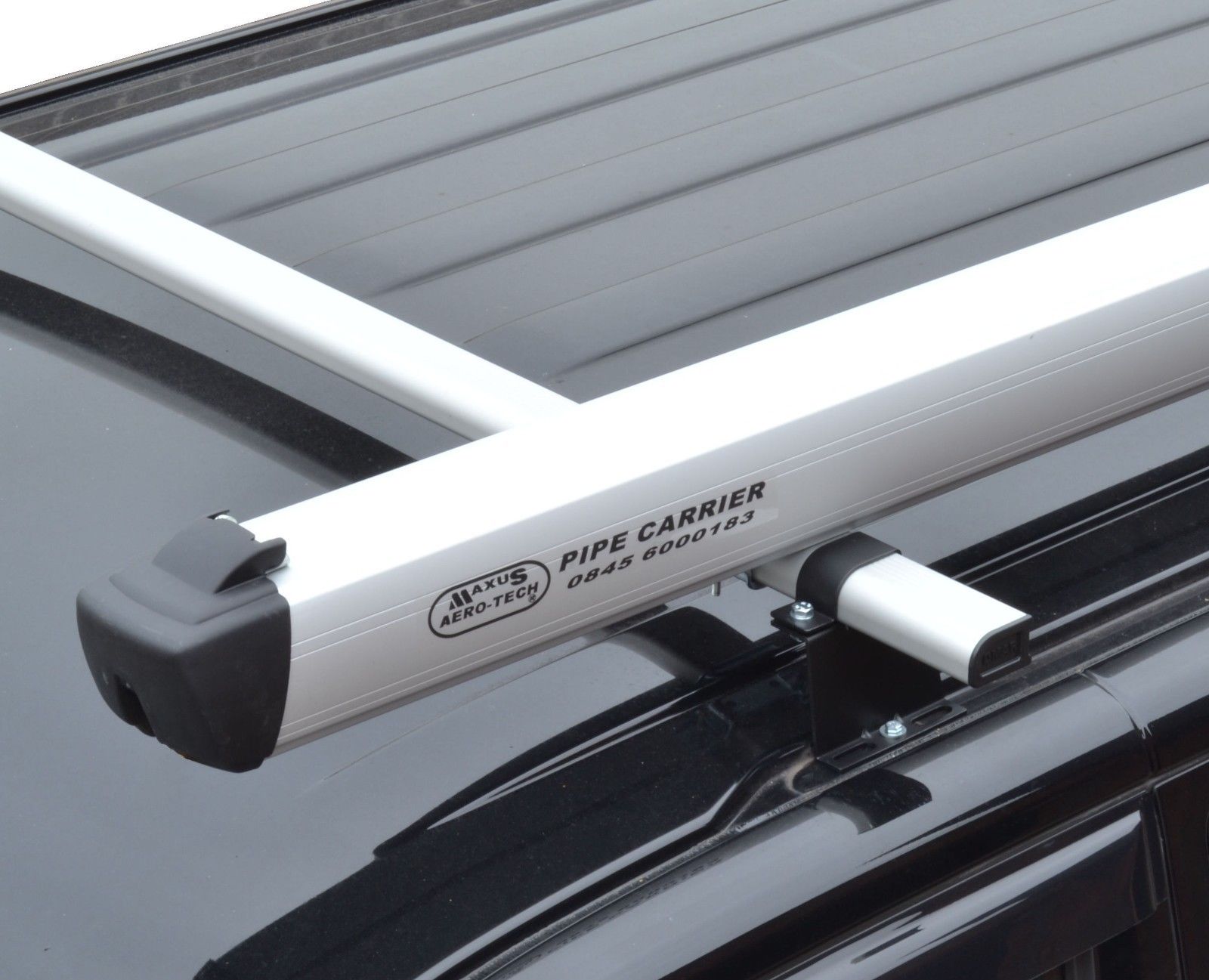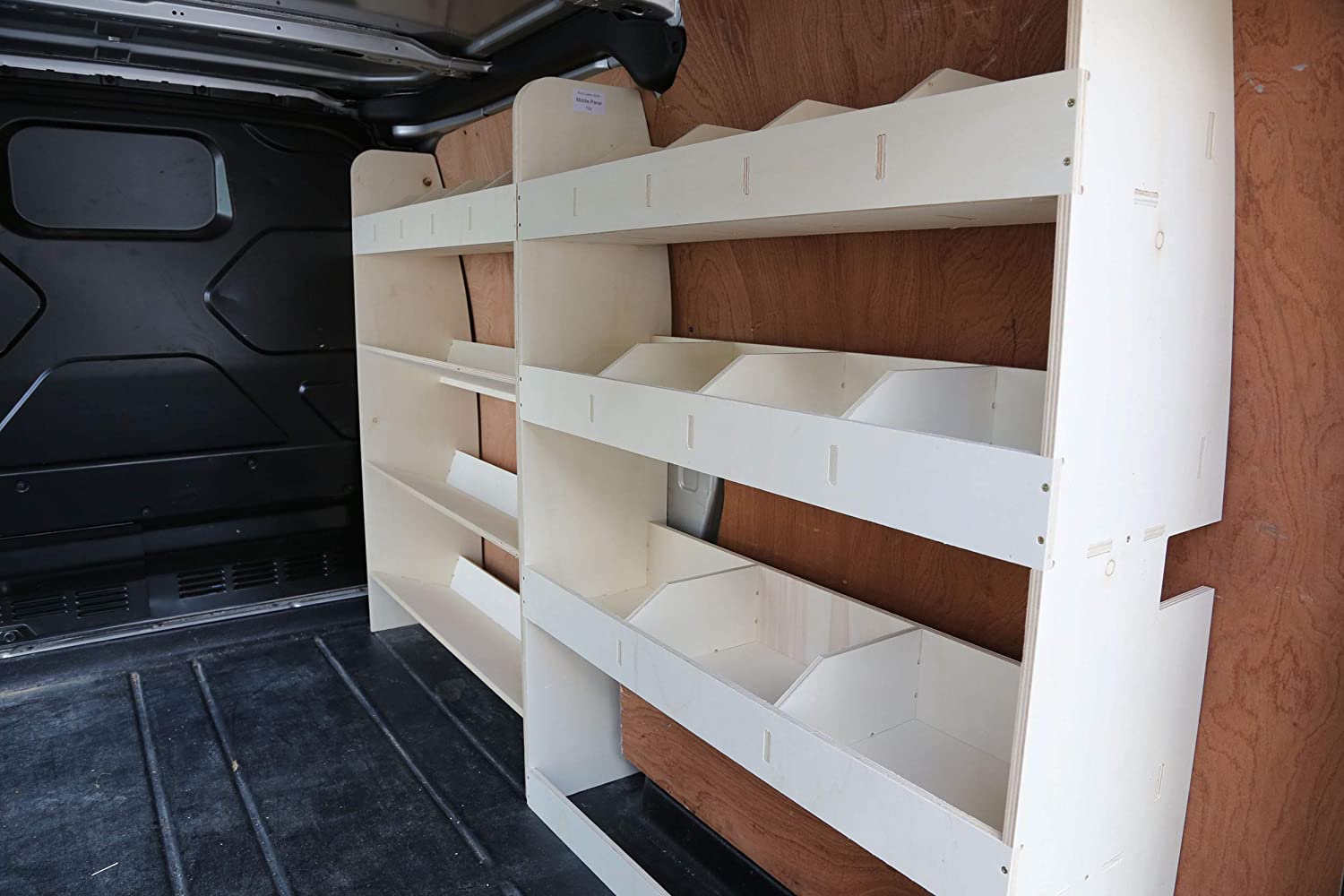What Are Pipe Carriers?
Pipe carriers are for transporting pipes from one place to another, often over long distances. Pipe carriers can be either stationary or mobile. You typically find some stationary pipe carriers in industrial settings where the process is automated and often repeatable.
On the other hand, Mobile carrier systems usually operate semi-automatically with an operator who moves the carrier manually from location to location as required by a pipe installation project.
Pipe Carriers
Pipe carriers are a specialized form of transport for pipes. Their use in the oil and gas industry is long-standing since the 1960s, but you can also find them in other fields. Pipe carriers are typically from a durable material, such as steel or aluminium.
Benefits of Pipe Carriers
Pipe carriers have many benefits, including transferring large pipes over long distances without causing damage by bending because they have a form-fitting shape that wraps around pipes when being pulled. They also make transporting pipes easier by cutting down on assembling materials, equipment, and labour costs and time.
If you did not use pipe carriers, then there would be a lot more damage to the pipes, which would lead to an increase in cost, time spent assembling materials and equipment, and labour.
Pipe carriers make transporting pipes easier than using other methods. As a result, it cuts down on costs, time, labor, and equipment.
Pipe carriers are an excellent solution for transporting pipes because they have many benefits that outweigh the negatives. They have numerous uses in different industries where transportation of large, heavy objects with minor damage caused by bending such as construction, mining, or oil drilling businesses is vital.
Application of Pipe Carrier
Pipe carriers are for transporting pipes in a variety of ways. You can use them for storage, transportation, and even temporary support during construction.
Pipe carrier belts consist of a tight belt-like woven fabric or netting that encircles the pipe with an opening large enough to allow it to pass through without turning off either side. The belt is often woven nylon or polypropylene and has a reinforcement strip sewn to the edges for strength. You can attach pipe carriers with clamps, twine, elastic cords, or rope.
Pipe carrier belts are not widely used in construction because they may stretch and cause pipes to fall out during transportation. They do have other uses; however, you can use them to store and organize pipes on construction sites.
Some pipe carriers may have a padded centre section that cushions the weight of the pipe to reduce stress on it or an extra fabric layer inside which prevents scratches during transportation.
Pipe Carriers Carrying Capacity
A pipe carrier is a container that holds up to six pipes. They transport structural members and other large objects, such as steel shapes, from wood or metal. Some companies use them in lieu of pallets for loading items onto trucks. A common misconception about these containers is that they are explicitly for piping. They are not.
Pipe Carriers Lengths
The actual pipe carrier lengths will vary depending on what type of pipe you are carrying. Standard pipe carriers can be up to 300 feet long, while large diameter piping and other specialty pipes may only have a 250-foot length available. When it comes to nominal size, there is going to be an overlap in the range so that all measurements will fit somewhere into standard sizes such as small (S), medium (M), or large (L).
Pipe Carriers for Vans
Pipe carriers for vans transport plumbing pipes from the factory or construction site and into a house. They’re typically from heavy-duty polyester fabrics with PVC lining. The carrier can be either tarpaulin or non-woven material wrapped around the pipe when it’s empty but filled while transporting.
Van Pipe Tubes
Van pipe tubes are a type of plastic PVC tube designed for carrying liquids. The difference between these and other types is that they have an inner lining which means you do not need to weld them.
They come in various sizes (from ½ inch to 48 inches), including “T” shaped pipes with female threads at each end. Van pipes are lightweight and versatile, making them popular for heating, plumbing, and hydroponics.
Van pipes find their uses in the following situations:
- To carry fluids such as water or oil
- To transport gases such as air or natural gas
- To collect rainwater from roofs (rain gutter) before it reaches the ground
Van pipes are also valuable for systems that require flexible pipe, such as heating or air conditioning. If you have a tight space to work in and need to move the system around often (for example, in a car), van pipes will be more pliable than gasket pipes.
Van Roof Tubes
Van roof tubes are an essential component of van roofs. They provide support for the weight and pressure imposed on them by cargo, passengers, or wind resistance while driving down the highway. Van roof tube design varies depending on whether a vehicle is a front-wheel-drive (FWD) or rear-wheel drive (RWD). Roofs on FWD vehicles are typically more streamlined, as only one set of driveshaft propels the car forward. The roof on RWD vehicles must withstand side forces created from two sets of wheels in motion simultaneously.
The most common van roof tube design begins with a structural backbone made from steel, aluminium, or carbon fibre. The backbone focuses on the vehicle, and you weld two cross members to each end of it for extra support. Attached to these steel or aluminium tubes are a series of van roof panel attachments on one side that allows the driver access into the cargo area when loading freight from either side of the vehicle.
Van roofs can be from a variety of materials, including steel and aluminium. This choice is dependent on several factors, such as the weight capacity required by the design, cost-effectiveness in manufacturing, and how well it will stand up to adverse weather conditions.
People construct the most common van roof panels from polyester film with an acrylic urethane coating that protects the material from ultraviolet sunlight and provides a hard-wearing surface resistant to dents. The design of van roof tubes is vital for ensuring safety during transport, but it also makes transporting goods more feasible by increasing cargo space. Therefore, it’s essential to choose a reliable supplier that offers quality products at competitive prices, so your business stays profitable year-round.
Conclusion
Pipe carriers are vital for any pipeline industry and the infrastructure of society. They transport, deliver, distribute oil or gas to your homes for energy use. Pipe carriers risk their lives daily under challenging conditions while you enjoy safe living with clean water and electricity. It is necessary to maintain these services that keep us alive by hiring trained people to do this.


 Van Slam Locks
Van Slam Locks